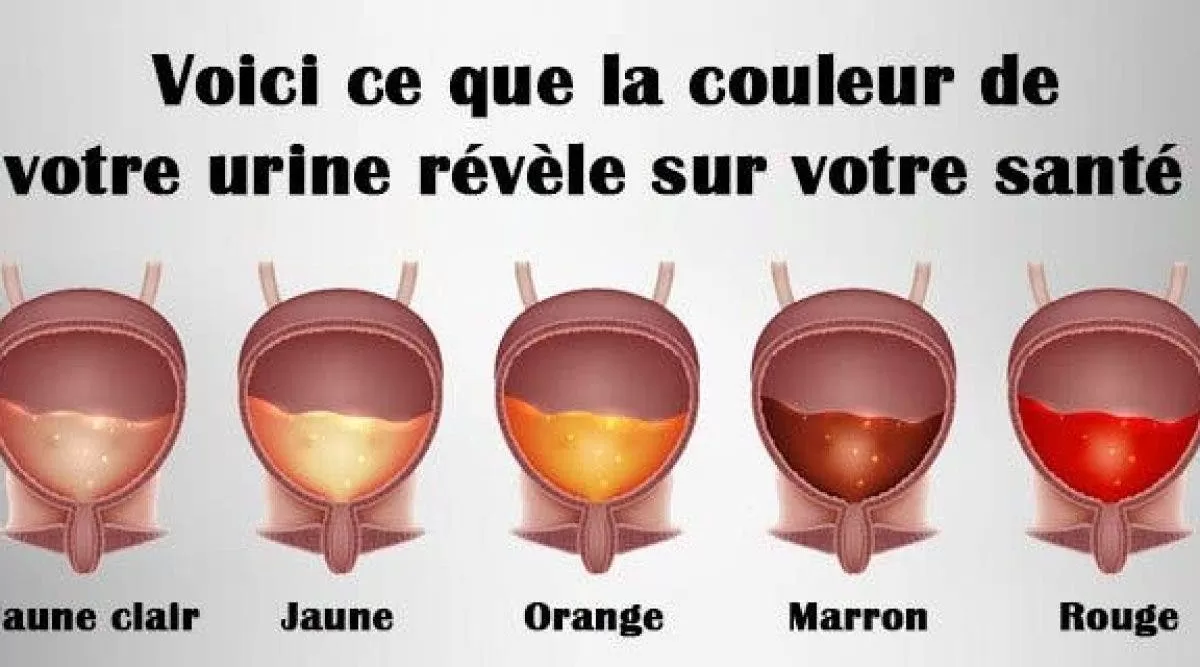Since the beginning of medicine, urine has been one of the most useful diagnostic tools. It can tell you a lot about what’s going on in your body, from how hydrated you are to a possible urinary tract infection.
What color should your urine be?
Urine is mostly water (at least 95%), but the rest is a surprisingly complex mixture of ingredients including urea, chloride, sodium, potassium, creatinine and other ions dissolved, as well as various inorganic and organic compounds.
When you are healthy and hydrated, your urine should be between colorless and the color of light straw and honey. When you don’t consume enough fluids, your urine becomes more concentrated and turns a darker yellow or amber color.
Certain foods, antibiotics, laxatives, health conditions, and dyes can also temporarily change the color of your urine.
Either way, the color of urine can tell you a lot about your health. So here is a list of urine colors and what they indicate so you know what is normal and what is not!
Clear: Colorless urine may indicate overhydration. Although not as dangerous as dehydration, overhydration can dilute essential salts, such as electrolytes, creating a problematic chemical imbalance in the blood.
Light straw yellow: Normal state of health. You are healthy and well hydrated.
Dark yellow: Normal, but indicating slight dehydration.
Amber or honey: Your body is not getting enough water. Drink it now.
Light orange: Possibly dehydrated, but can also be caused by liver or bile duct problems, consumption of food coloring, or elimination of excess vitamin B from the blood. Talk to your doctor
Dark orange or brown: possible symptom of jaundice, rhabdomyolysis or Gilbert syndrome. Also caused by severe dehydration. Consult your doctor.
Rose: For some people, eating beets, blueberries, or rhubarb can have this effect. “If you’ve eaten beets and the color of your urine changes, you don’t need to see a doctor,” Dr. Rifkin said. On the other hand, a pinkish tint could be an early indicator of a larger problem.
Red: This color can be an alarming sign of blood in the urine, called hematuria, can be benign, idiopathic or a sign of a kidney stone, infection or tumor in the urinary tract . Red or dark pink colors may signal a problem with the prostate or spine. This color can also signal possible lead or mercury poisoning.
Green: Eating asparagus causes this reaction in some people, but many more people smell a strong odor of this vegetable in their urine. Certain medications and food colorings also cause harmless green urine, but this can also indicate a bacterial infection in the urinary tract. Ask your doctor
Blue: Some medications and food colors produce bluish urine. This is also the case for a rare inherited metabolic disorder known as familial hypercalcemia or “blue diaper syndrome,” which is characterized by incomplete intestinal breakdown of the dietary nutrient tryptophan.
Dark brown or black: Mild causes include ingesting large amounts of rhubarb, fava beans, or aloe. Some medications also darken urine.
Read more on next page
ADVERTISEMENT

